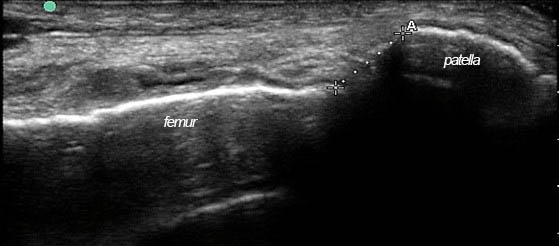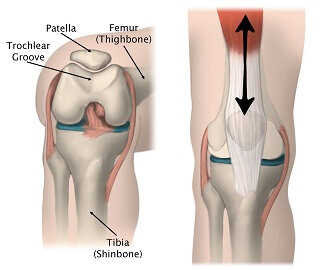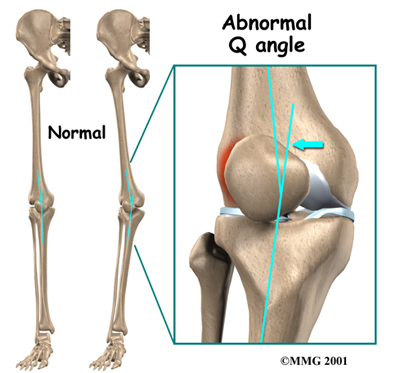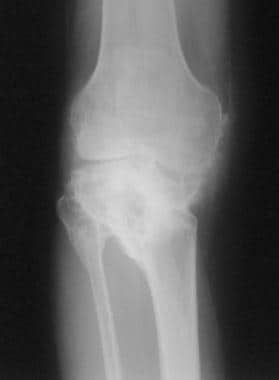Passive (a) and active (b) patellar tracking.
$ 7.50 · 4.9 (518) · In stock
![]()
Download scientific diagram | Passive (a) and active (b) patellar tracking. from publication: EXAMINATION OF THE PATELLOFEMORAL JOINT | Patellofemoral pain is one of the leading causes of knee pain in athletes. The many causes of patellofemoral pain make diagnosis unpredictable and examination and treatment difficult. This clinical commentary discusses a detailed physical examination routine for the patient | Clinical Reasoning, Joints and Pain | ResearchGate, the professional network for scientists.

Ultrasound Measurement of Lateral Patellar Displacement: A Cadaveric Validation Study
![]()
The Ultimate Guide To Patellar Tracking Disorder
Patellofemoral Pain Syndrome: An Update Current Physical Medicine and Rehabilitation Reports

Closed-wedge Patelloplasty for the Treatment of Distal Patellofemoral Maltracking and Instability due to Severe Patellar Dysplasia: Case Report and Surgical Technique

EXAMINATION OF THE PATELLOFEMORAL JOINT. - Abstract - Europe PMC
Before purchasing, measure carefully, referring to the video and sizing chart in product images for measuring instructions. For best results, have

BraceAbility J Patella Knee Brace - Lateral Patellar Stabilizer with Medial and J-Lat Support Straps for Dislocation, Subluxation, Patellofemoral

Knee Cap Exercises: Improve Patella Tracking - Knee Pain Explained

PDF) EXAMINATION OF THE PATELLOFEMORAL JOINT

MOTOmed USA layson.la prof - In-bed Cycling Active and Passive Trainer – Hci Fitness

Irreducible or missed lateral patellar dislocation

EXAMINATION OF THE PATELLOFEMORAL JOINT. - Abstract - Europe PMC
Development of an innovative measurement method for patellar tracking disorder

Physical Therapy in Armonk for Knee - Patellofemoral Problems

Total Knee Arthroplasty (TKA): Practice Essentials, Background, Indications

Objective assessment of patellar maltracking with 3 T dynamic magnetic resonance imaging: feasibility of a robust and reliable measuring technique
